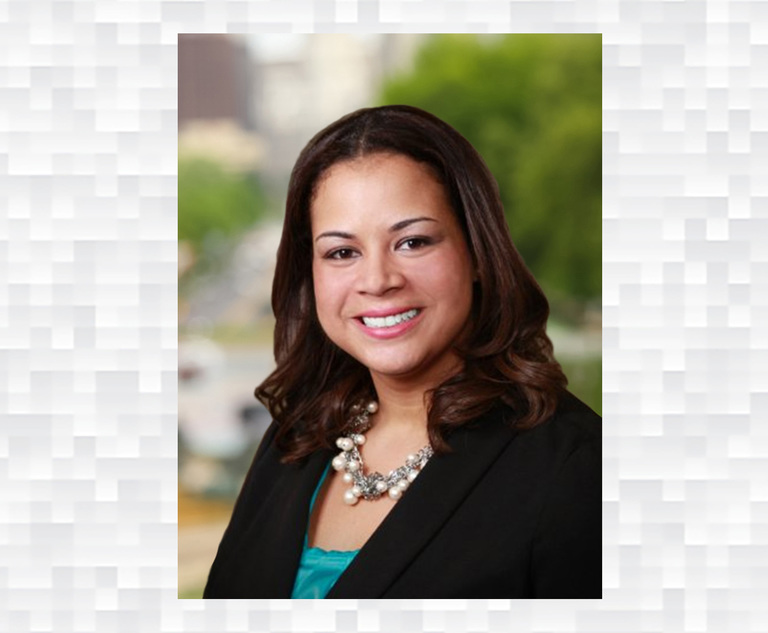When I started practicing law over 30 years ago—as hard as it is for many people to believe now—patent litigation was not “the thing” it is today. The U.S. Court of Appeals for the Federal Circuit, which is the court that hears all appeals in patent cases, was then only 4 years old. Patent “trolls,” as such, did not yet exist, although “submarine” patents did (Lemelson’s being the most well known). Some of the most famous patent owner friendly courts (e.g., the U.S. District Court for the Eastern District of Texas) had yet to emerge, and there were virtually no local patent rules. On the business side of the law, most firms in “Big Law” did not have a single patent attorney in the firm (and if they did, they had just one or two), and even those that did often did not handle patent cases. Thirty years later, this seems unthinkable.
There were also numerous unanswered legal questions, such as whether claim construction was a fact or legal question, which was not settled until the U.S. Supreme Court’s ruling in Markman v. Westview Instruments, 517 U.S. 370 (1996). Methods for calculating damages in patent cases were uncertain—today, all patent litigators are familiar with concepts such as “apportionment” and the “entire market value” rule. In many cases, it is inappropriate to apply a royalty on the entire value of an item being sold. Instead, the royalty base should be limited to the portion of the value derived from the use of the patent invention. And of course there is the whole evolution of what inventions are considered “patent eligible” under Section 101 of the Patent Act—a standard which has been (and to some degree remains) a moving target over the last 30 years.
This content has been archived. It is available through our partners, LexisNexis® and Bloomberg Law.
To view this content, please continue to their sites.
Not a Lexis Subscriber?
Subscribe Now
Not a Bloomberg Law Subscriber?
Subscribe Now
LexisNexis® and Bloomberg Law are third party online distributors of the broad collection of current and archived versions of ALM's legal news publications. LexisNexis® and Bloomberg Law customers are able to access and use ALM's content, including content from the National Law Journal, The American Lawyer, Legaltech News, The New York Law Journal, and Corporate Counsel, as well as other sources of legal information.
For questions call 1-877-256-2472 or contact us at [email protected]


 Nicole D. Galli, f
ounder and managing member of ND Galli Law
Nicole D. Galli, f
ounder and managing member of ND Galli Law




